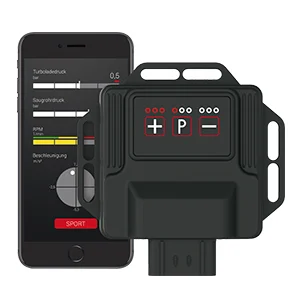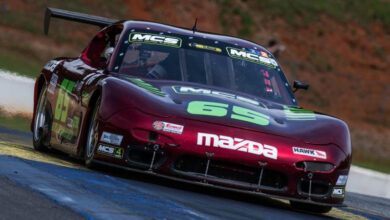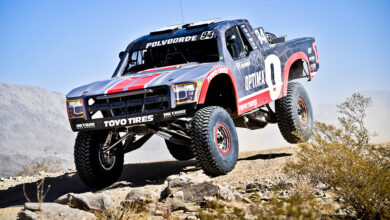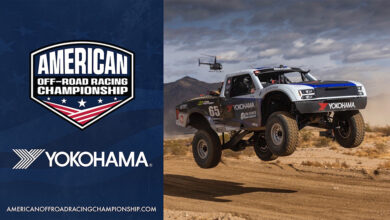Aftermarket Tuners & Programmers: Data-Driven Sales
The latest tuning & programming devices deliver the experience drivers crave...
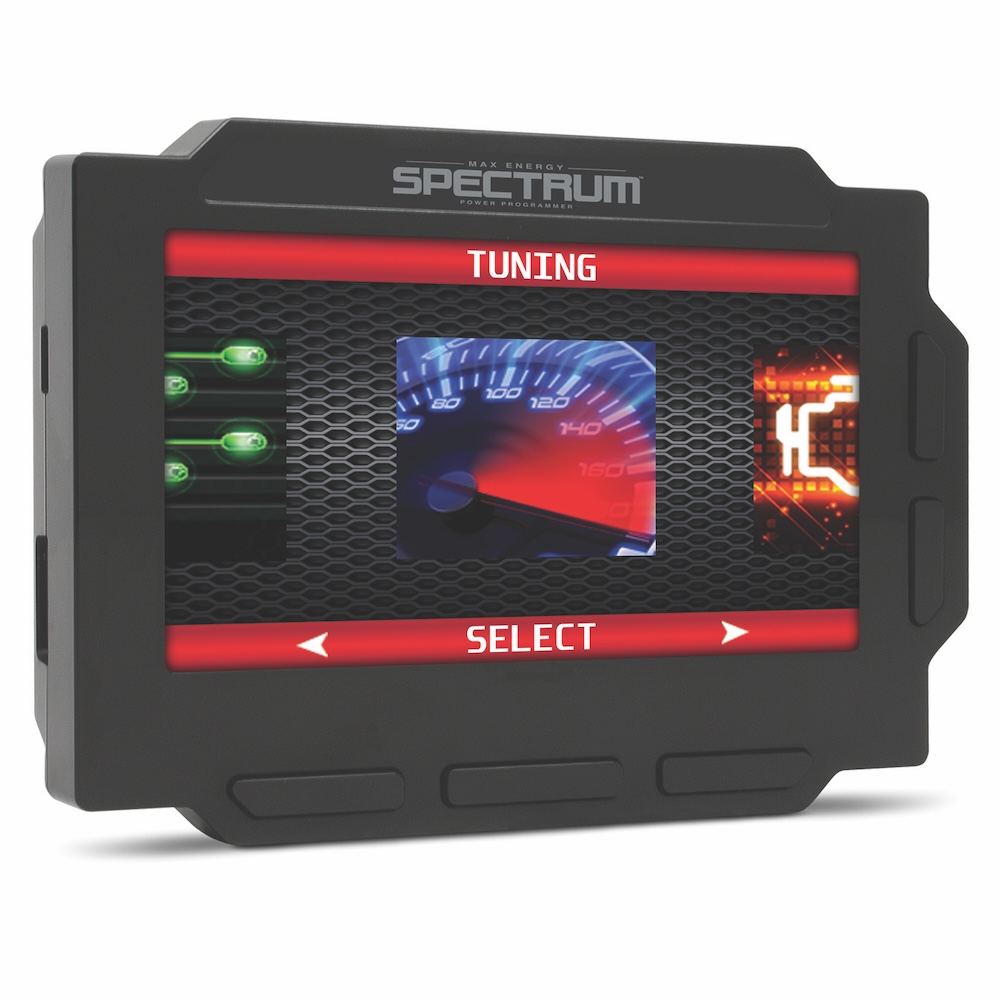
Handheld and plug-in tuners and programmers and similar products have gone from a niche device to an important part of any modern performance project.
With pretty much any component in a car or truck having a wire coming out of it, certain offerings can collect information for troubleshooting as well as for increasing power output and can also be used to tap into, reset or even work around specific vehicle systems or features.
It’s safe to say that tuning and programming devices are not a fad and are not going away anytime soon. Suppliers offer insider information to get shops up to speed on the evolution of these data-driven components.
RULES TO FOLLOW
The most important thing to follow with tuning and programming devices, of course, are the emissions rules and regulations governing what can and cannot be done to a vehicle.
“For the diesel tuning space, the biggest obstacle the last few years has been EPA and emissions regulations. Edge Products has been offering 100% emissions-compliant tuning solutions for over 10 years now,” says Jacob White, product brand manager for Edge Products. “But it’s still a challenge convincing truck owners the benefits compliant tuning can offer for their towing and daily driving needs.”
White says shops may have to battle consumer misconceptions that deleting emissions equipment (which is federally illegal) is the only way to improve a truck’s performance.
“This couldn’t be farther from the truth,” he notes. “Our emissions-compliant tuning options can increase power and torque, improve towing performance and even increase fuel mileage while still being completely safe in an otherwise stock truck application.”
Mike Litsch, senior product manager, domestic tuning for DiabloSport and Superchips, notes suppliers are constantly working on meeting what’s required.

“Resellers want to know that the tuning products they sell are safe and compliant.”
Chris Fairless, Hypertech director of sales, agrees that EPA CARB certifications can be a challenge, as can the increasingly complex computer systems coming from the original equipment manufacturers (OEMs).
“The tuning market is an intricate and necessary product for many aftermarket accessories companies,” he notes.
Engine Control Unit (ECU) technology has advanced exponentially in recent years, says Arin Ahnell, director, European vertical for APR and Dinan.
“For end consumers this often means that when a new ECU platform is released, it may take several years for the encryption to be broken. Once we’re in, the tuning begins, which has also increased in complexity substantially in recent years. We’ve gone from ECUs with only a few hundred maps to ECUs with tens of thousands of maps, all which interact with each other. To tune correctly and account for all the variables an end user may see, our team will spend months on a single calibration.”
David Griffin, business development manager for HP Tuners, also sees new vehicle systems as a hurdle the aftermarket must clear.
“New OEM security protocols for the latest control modules are the biggest outside factor we face. There is always a new challenge for us to overcome and that is what keeps this work interesting,” he explains.
For enthusiasts, this can require removing their module(s) and mailing them in for an upgrade.
“An added fee may also be associated with this upgrade as well,” Griffin continues. “After the upgrade is completed, the end user can then read and write the module to ensure the vehicle maintains its compliance with emissions regulations.”
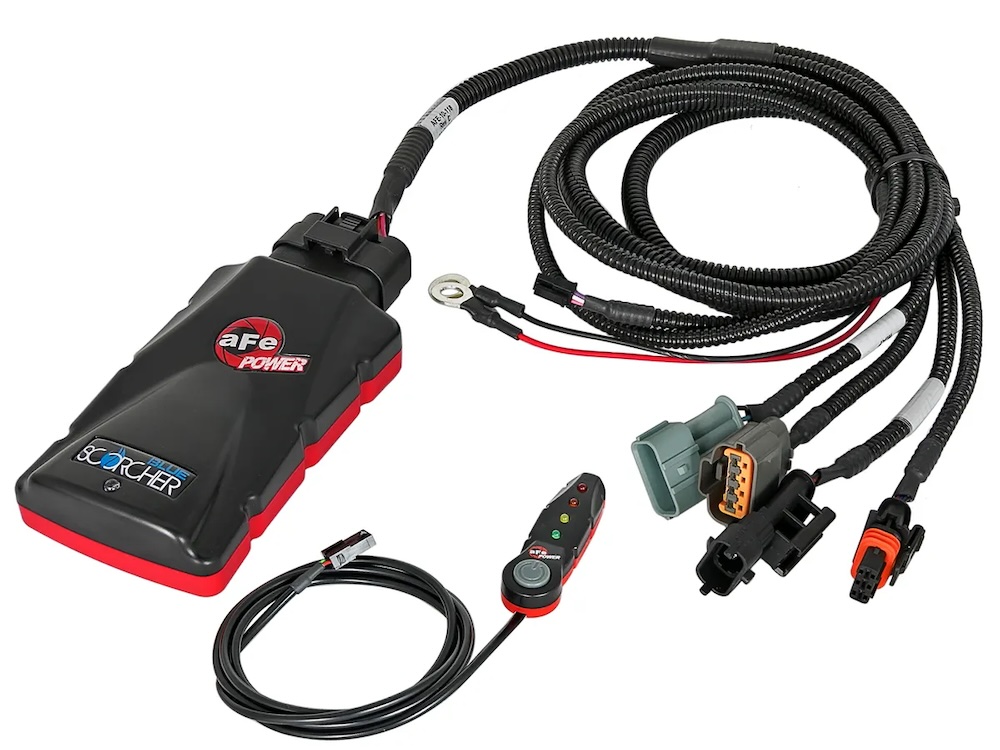
Such scenarios are shaping the future of the industry, says Jay Payson, CRO at SCT/Bully Dog.
“In today’s market, the surge in technological advancements, alongside increasing demands for enhanced vehicle performance and fuel efficiency, shape the evolution. An emerging challenge is the complexity of accessing and modifying OEM vehicle computers, a task made increasingly difficult by manufacturers. Our engineers tirelessly work to simplify this process, ensuring our products not only boost vehicle performance but also meet the rigorous emissions and modification standards, making it a seamless experience for shop owners to offer these advancements.”
Where applicable, factory warranty claims should be taken into consideration when choosing which product to install, adds Loc Nguyen, application engineer – electronic products for aFe POWER.
“Flashing a vehicle’s ECU will void its warranty if the dealership has to pull data from the PCM. But having a power module that can be easily and quickly disconnected does not void the warranty, allowing the customer or the shop to restore the vehicle back to stock before taking the vehicle in for service.”
And costs should also be taken into account, notes Matt Ringgold, director of sales for DTE Systems, who explains that customers feeling the effects of cost of living increases and inflation are affected by “manufacturing costs that result in increases of MSRP and MAP prices.”
THIS OR THAT
Nguyen continues that as the market has grown and evolved, references have sometimes come to mean different things to different people.
“Tuners/programmers and power modules are not in the same category,” he explains. “While tuners/programmers require you to flash your ECU, a plug-and-play power module does not leave a trace. Power modules are not complicated to install, and the old adage of dollar-per-horsepower goes a very long way when it comes to plug-and play-modules.”
Accurate information is extremely important for shops dealing in these devices, suppliers say, as is ease of use.
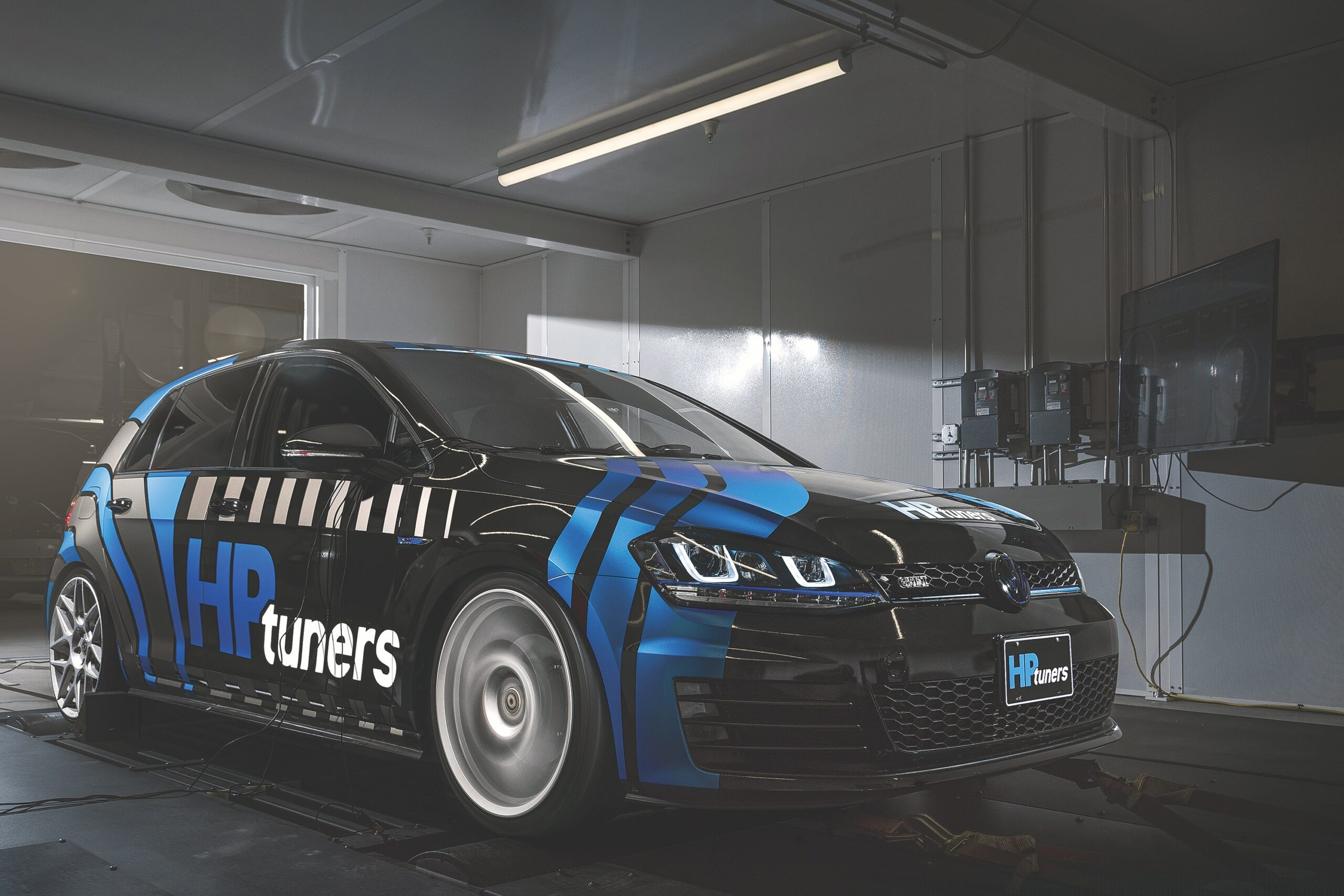
“A common misconception professionals may face is that the software is difficult to use and navigate,” Griffin says. “We have spent a lot of time to make our software user-friendly and organize it in a way that makes navigation simple.”
On the diesel side, White again stresses the value of non-DPF delete options.
“Our emissions-compliant products can completely change your driving experience.”
Litsch agrees.
“There is some misconception that you can’t add power and stay emissions compliant, but that isn’t the case. We offer safe and powerful tunes that are either 50-state-legal or have been self-certified for compliance,” he notes.
Fairless says everything starts with giving customers what they need for their specific application and goals, which includes options for a better driving experience.
“With the cost of new vehicles these days, most sales staff professionals avoid selling engine tuning, which is understandable. But they sometimes overlook other tuning products that make that vehicle feel more powerful and give it an overall better driving experience—things like throttle optimization and Start-Stop and/or V4 mode disabling.”
Like everything from chrome valve covers to cams, parts need to be matched correctly. Payson points out that a prevailing notion in the tuning community is that all tuning and programming devices deliver similar results across various vehicles.
“Our products distinguish themselves by meeting the specific needs of each vehicle, considering its make, model and any existing modifications. This approach ensures optimal performance outcomes tailored to each vehicle’s unique profile, dispelling the myth that tuning is a one-size-fits-all affair.”
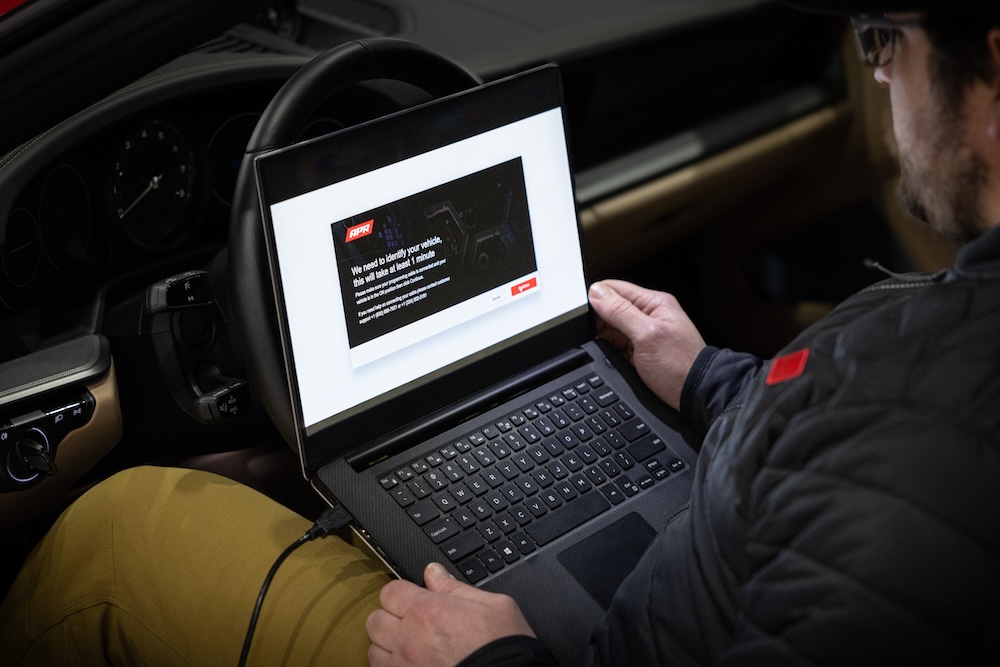
Customers can come in looking for a particular product or tune without understanding the differences in their vehicle, Ringgold agrees.
“Some individuals are biased and have a sole focus on a particular brand.”
To do things right takes time and intelligence, says Ahnell.
“We hear a lot of myths around custom tuning. The misconceptions are astounding. There’s this wild belief that someone can custom tune a car on the dyno in only a few dyno pulls, with minimal effort. Most don’t understand that a proper calibration can take months to perfect.”
HANDS ON
Shops offering tuner and programmer products and services will want to get comfortable on both the selling and installation sides of the business.
“When selling, ask questions and listen to your customers,” recommends Hypertech’s Fairless. “Not all customers are looking for the same thing. If they are looking for performance horsepower and torque, offer them a full tuner. If they are looking for just throttle optimization, sell them a throttle optimizer. If the customer purchases larger tires, sell them a speed calibrator. All too often, sales staff relates ‘tuners’ as engine tuning only.”
Noting that tech professionals are becoming well-versed in the products, he offers two installation tips as well.
“First, do the tuner update before doing the installation. This will upload the latest programming in the tuner,” he says. “And second, when installing a speed calibrator, do the calibrator update and then install the calibrator before installing other accessories on the vehicle. This way, if there is a calibration update that the manufacturer has not seen yet, that opens some time to get that calibration updated.”
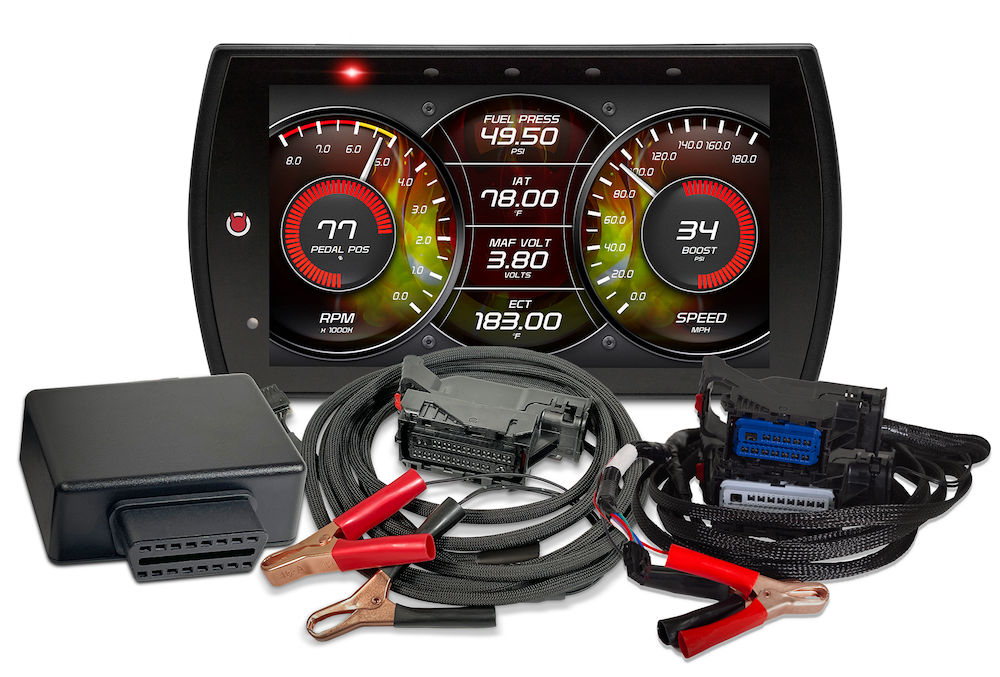
Other suppliers agree that flash tuning devices offer straightforward installations.
“And we’ll walk a tech through the process step-by-step on the screen of the device,” White from Edge Products says. “Our inline modules may require some additional installation steps, but we pride ourselves on offering step-by-step instructions and installation videos to help ease the concerns about installing such devices. We use factory-style connectors on all our harnesses so we can maintain a true plug-and-play tuning solution for most late-model diesel applications.”
Nguyen reports that aFe’s power modules are designed for everyday users, with installs that don’t require modifications to stock connectors or wiring.
“If a shop can perform an oil change and a tire rotation, they can install our power module with ease,” Nguyen says. “All connectors and their locations are highly detailed in our installation instructions, making it easy for shops to complete the job.”
Plug-and-play offerings are, of course, fairly straightforward in most all instances.
“Our systems have been designed so any installer, be it a performance shop or end user, can simply plug into their vehicle, run through a few options on the screen and load the tune without any advanced vehicle knowledge necessary,” says Ahnell from APR and Dinan.
Nevertheless, common engine knowledge is always extremely helpful for technicians as well.
“To confidently and successfully calibrate a vehicle that maintains compliance, an aftermarket shop must have a full understanding of how an engine and transmission works mechanically and a full understanding of how the system that controls the engine and transmission work,” HP Tuners’ Griffin says. “For example, if the calibrator is advancing the ignition timing by 3 degrees under a specific operating condition (i.e. engine rpm and cylinder airmass range), what is that actually doing inside the cylinders? This is just one very basic example that demonstrates the importance of a full understanding of the control system and specific OEM methodology. Many aftermarket shops will contract experienced calibrators to do this work for them.”
Ringgold from DTE Systems says shops will find success by employing technicians with a strong overall knowledge of engine/chassis limitations and an understanding of technical and diagnostic tools who also spends time communicating with the customer.
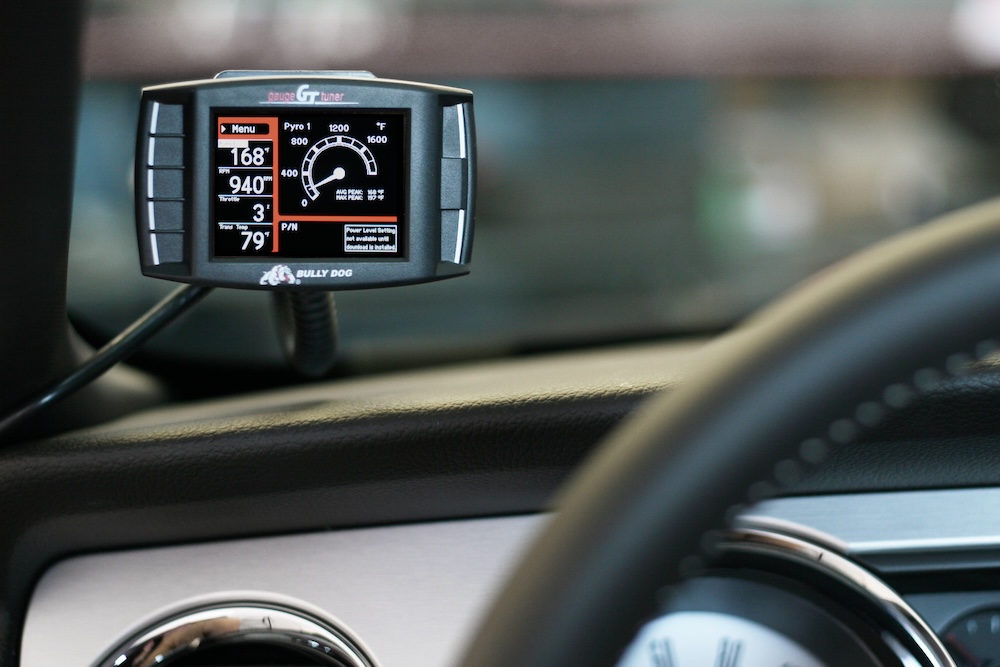
“They need to know the exact want or need of the client and recommend necessary upgrades required by the tune or to complement it,” he says.
It’s important to keep customers in the loop, says Litsch from DiabloSport and Superchips.
“Most tuning products are relatively easy to install, but conveying how to use the product to the consumer after it is installed is important,” he explains.
Ultimately, a strong supplier partnership makes things much easier, Payson says.
“SCT and Bully Dog have streamlined the process for aftermarket shops to offer and install performance tunes, making it significantly easier to enhance vehicle performance for customers. With tools designed for user-friendly operation and comprehensive support, shops can effortlessly navigate vehicle electronics and engine management systems.”
An emphasis on simplifying diagnostics, troubleshooting and custom tuning for each vehicle’s specific needs is a good place to start, he concludes.
“Shops can quickly become experts in optimizing vehicle performance.”
